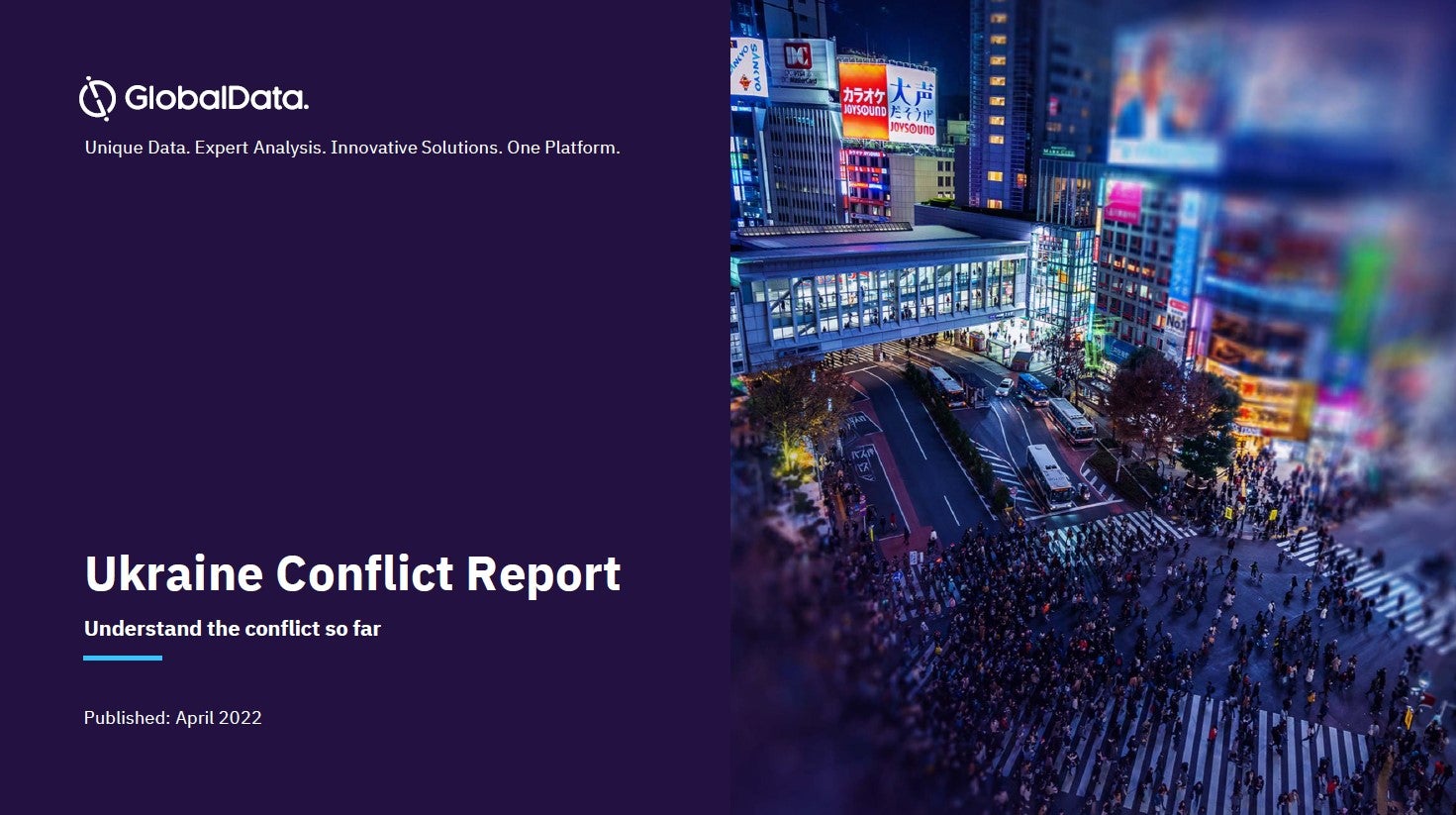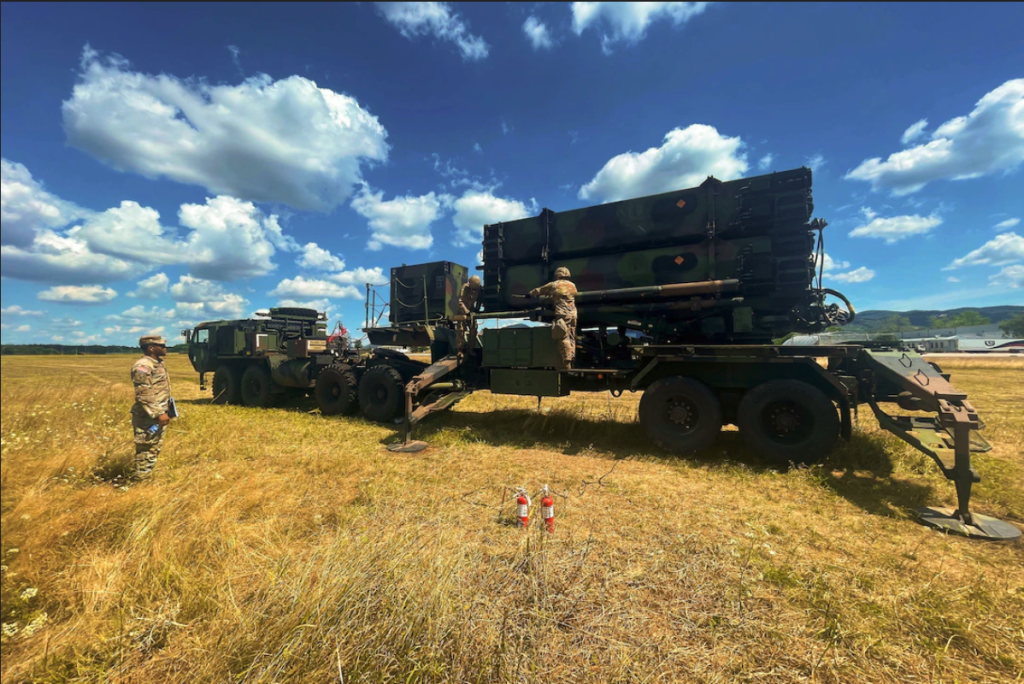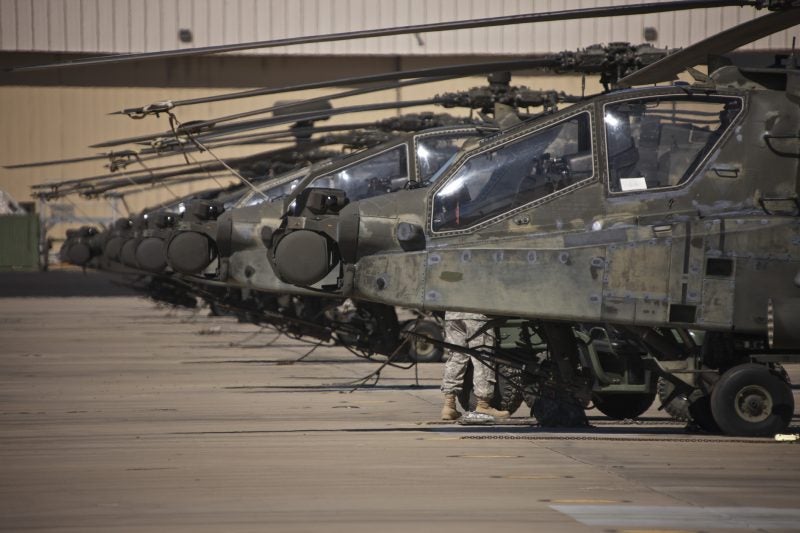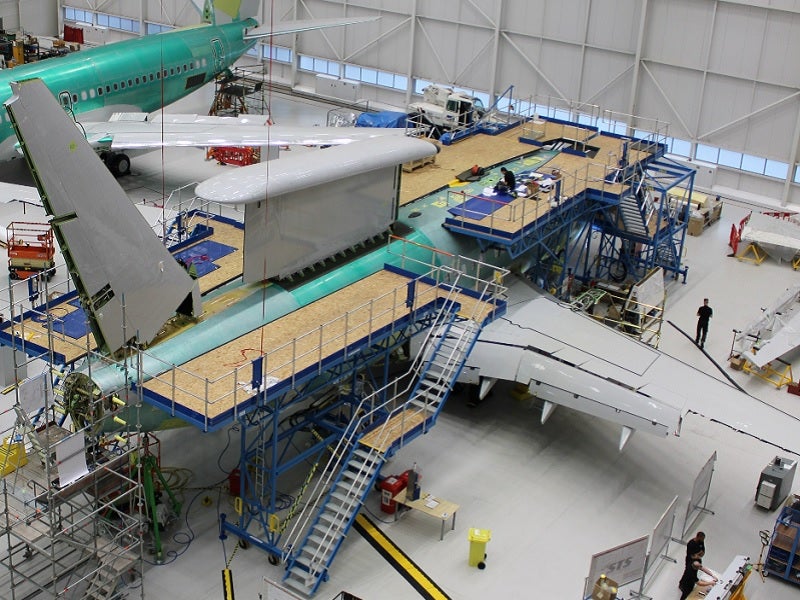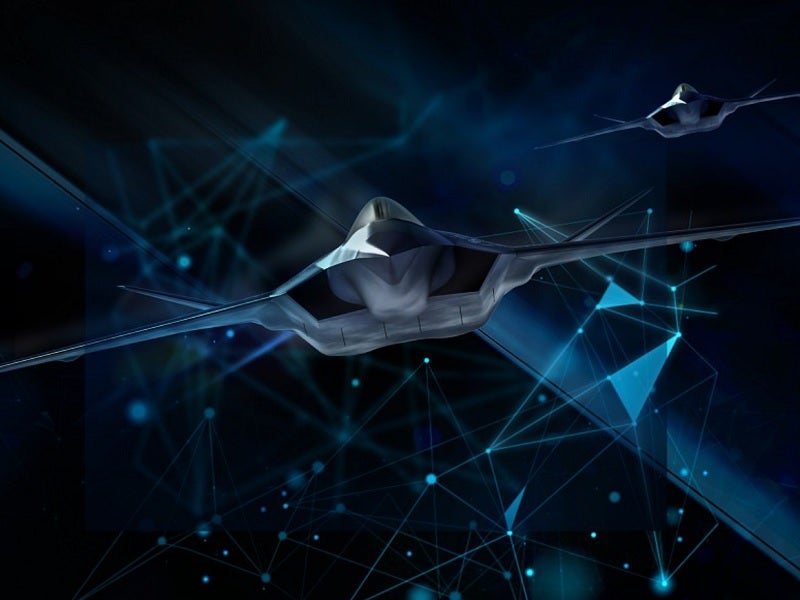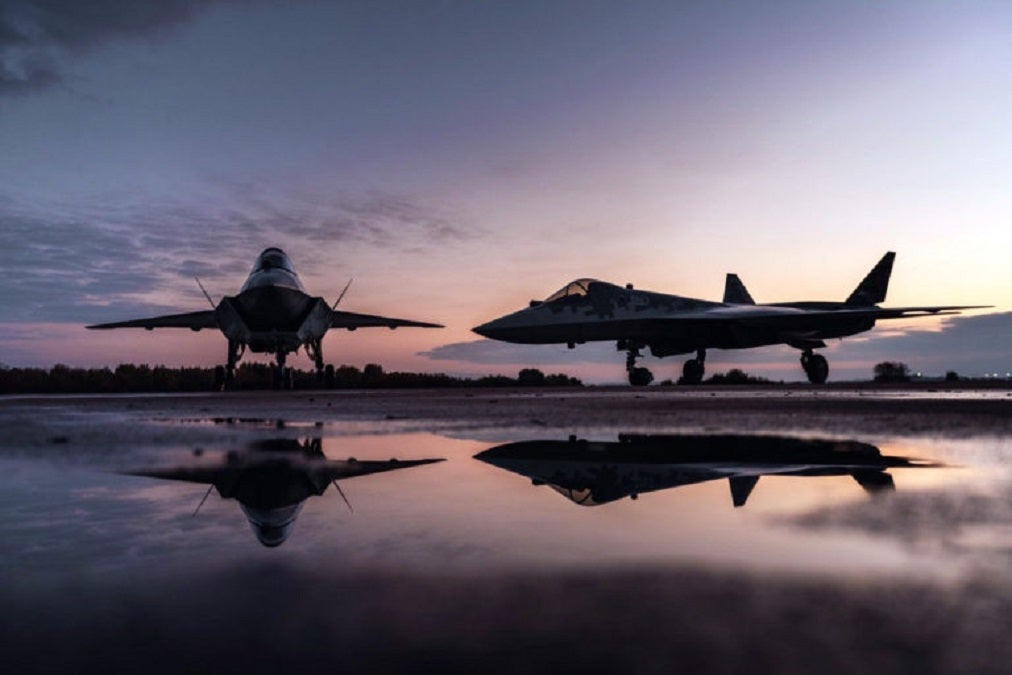
Hype is not unusual when it comes to high-grade Russian military equipment, but things are different when the product is targeted to the international market.
“Russia has repeatedly expressed readiness to assist Turkey (in the development of a fifth-generation fighter jet),” head of the Russian Federal for Military-Technical Cooperation told the Russian news agency RIA at the Dubai Airshow at the end of 2021. But it is uncertain whether Russia can develop its own fifth-generation jet at all.
The aircraft
During a Moscow air show last summer, Russia unveiled a mock-up of the single-engine Sukhoi SU-75 Checkmate, a multi-purpose fighter-bomber. The Russian state-owned industrial conglomerate company and the country’s arms production organisation Rostec is pitching the aircraft to Turkey, India, Saudi Arabia and any other countries that have been either excluded of or cannot afford the US F-35 programme.
Rostec owns Sukhoi parent company United Aircraft Corporation (UAC), the Checkmate’s manufacturer.
Whereas the F-35B Lighting II is around $85m, a Su-75’s promised price will be approximately $30 a piece in its base configuration.
A company spokesperson said last year that Russia is one of the few countries with full-cycle capacities for the production of advanced aircraft systems.
“The new product developed by UAC specialists should arouse genuine interest not only in our country, but also in other regions of the world, including our competitors abroad,” the spokesperson added.
During the Dubai Airshow 2021, however, Rostec started discussing a potential co-production of the Su-75 Checkmate with UAE-based businesses, and word spread that the company is in dire need of foreign sponsors. The company also expressed its intentions to develop an uncrewed version of the jet at the same event.
However, countries previously considering the purchase of Russian weapons have swerved away due to looming sanctions and diplomatic pressure from the US. But diplomacy might not be to only reason why militaries would keep away from the Checkmate.
The aircraft’s older sibling, the single-seat, twin-engine multirole fighter Sukhoi Su-57 is the Russian Armed Force’s first stealth aircraft – well, sort of. Most western experts say the jet is the least ‘stealthy’ of its fighter generation.
Additionally, despite the company’s claims that the production is moving forward, after 15 years of development, the Russian Forces only received 12 of the 70 Su-57s ordered. They will be only operational in 2027 with the remaining aircraft arriving by the same time.
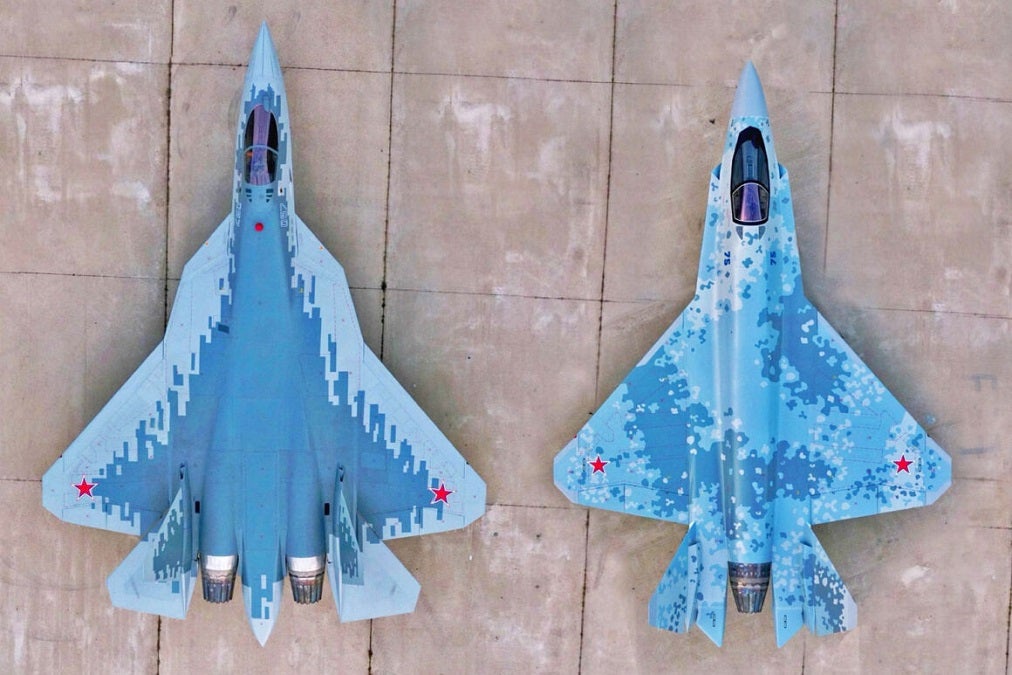
Promises vs. reality
“In terms of technical characteristics, you can really only compare our airplane with the [US] F-35,” Rostec CEO Sergei Chemezov said about the Su-75 on the Dubai Airshow.
But Russian state and affiliated companies are notorious for overstating high-profile weapons and military capabilities. These include the headline-grabbing Uran-9 infantry robot that secretly was not working, or the T-14 Armata main battle tank. Although the latter had a successful design, it failed to make the production lines in substantial numbers due to the lack of funding.
Rostec claims that the Su-75 is going to be a fifth-generation aircraft, but there are questions about its advanced avionics and whether it will have an effective stealth capability – which the company has never said explicitly.
Instead, Chemezov said in a statement: “The Checkmate combines low visibility and excellent equipment and is ideal in terms of combat effectiveness and [cost per] flight hour. All these factors make the aircraft a unique offer in the international arms market.”
A Russian state-run news outlet TASS reported that the aircraft has a weapon load of 7,400kg, a maximum speed of 2,200kmh (1,367mph) and a range of 2,800km (1,740 miles). The range is slightly shorter than initially announced, but is still impressive and will be achieved through the use of external fuel loads.
Knowing the aircraft stats and seeing it on its official debut in the Dubai Airshow 2021, it is also evident that the Su-75 is more of a medium-weight fighter bomber than a light tactical fighter. Still, if the Checkmate can deliver on the stealth capability that it can maintain on long combat missions, it can be a very attractive prospect for air forces.
The biggest query is perhaps the engine of the Su-75. Russia has been struggling to produce new jet engines since sanctions and export restrictions were imposed on the country after the annexation of Crimea in 2014.
The first operational Su-57s received the Saturn AL-41F1 low by-pass turbofan combat engine, an engine designed in the 1980s. The production of the new Su-57 engine, the Saturn AL-31, is yet to take place. The same engine as rumoured to go into the Su-57.
Based on various reports and data published about the Checkmate, the cockpit and the radome are not very different from the Su-57’s, which suggest a high degree of similarity in cockpit avionics and radar capabilities. This could help driving down development prices and eliminating costs associated with flight-test programmes.
A report issued at the end of last year by the US-based Congressional Research Service said one of the key reasons a potential customer might conduct business with Moscow is that “Russian weaponry may be less expensive and easier to operate and maintain relative to Western systems.”
The fact remains that the Checkmate will likely face production delays and cost overruns, not to mention the maintenance and upkeep of the low-observable coating material, which contribute to the F-35Bs high price.

